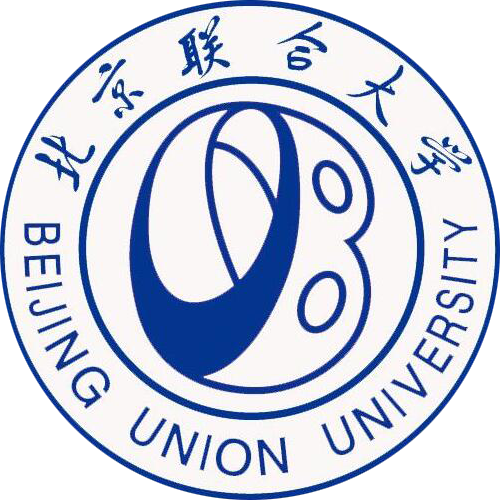详细信息
Beyond skyline and borders: Unraveling the evolution and drivers of tourism green development efficiency in the Beijing-Tianjin-Hebei urban agglomeration, China ( SCI-EXPANDED收录)
文献类型:期刊文献
英文题名:Beyond skyline and borders: Unraveling the evolution and drivers of tourism green development efficiency in the Beijing-Tianjin-Hebei urban agglomeration, China
作者:Huang, Xingling[1];Liu, Jianguo[2,3]
第一作者:Huang, Xingling
通讯作者:Liu, JG[1];Liu, JG[2]
机构:[1]Nankai Univ, Coll Tourism & Serv Management, Tianjin 300071, Peoples R China;[2]Beijing Union Univ, Tourism Coll, Beijing 100101, Peoples R China;[3]Univ North Carolina Chapel Hill, Dept City & Reg Planning, Chapel Hill, NC 27599 USA
第一机构:Nankai Univ, Coll Tourism & Serv Management, Tianjin 300071, Peoples R China
通讯机构:[1]corresponding author), Beijing Union Univ, Tourism Coll, Beijing 100101, Peoples R China;[2]corresponding author), Univ North Carolina Chapel Hill, Dept City & Reg Planning, Chapel Hill, NC 27599 USA.|[1141732]北京联合大学旅游学院;[11417]北京联合大学;
年份:2024
卷号:34
期号:9
起止页码:1761-1796
外文期刊名:JOURNAL OF GEOGRAPHICAL SCIENCES
收录:;Scopus(收录号:2-s2.0-85204289415);WOS:【SCI-EXPANDED(收录号:WOS:001317151100003)】;
基金:National Natural Science Foundation of China, No.41771131; China Scholarship Council, No.202008110050; Key Program for Scientific Research of Beijing Union University, No.SKZD202306
语种:英文
外文关键词:BTH urban agglomeration; tourism green development efficiency (TGDE); spatio-temporal evolution
摘要:Green development is a critical component of sustainable tourism, which prioritizes a comprehensive, ecologically-friendly, and people-oriented approach to development. This study presents a case study of the Beijing-Tianjin-Hebei (BTH) urban agglomeration from 2001 to 2021 to analyze the spatio-temporal evolution characteristics and influencing factors of tourism green development efficiency (TGDE). The study defines the concept of tourism green development and constructs an evaluation system, which is used to explore the internal differences and spatial patterns of TGDE within the urban agglomeration. The methodological approach includes the SBM-Undesirable model, kernel density estimation, Markov chain, and spatial gravity model. The findings indicate that the TGDE in the BTH urban agglomeration is generally favorable, displaying a temporal phase of "rising-declining-rising." However, the study observes lower TGDE in tourism node cities compared to tourism regional center cities and tourism core hub cities. The non-equilibrium degree of each region indicates significant spatio-temporal evolution patterns and internal differences among the three regions, with a spatially decreasing distribution of "core hub-regional center-node city." The TGDE in the urban agglomeration experienced an evolutionary trend of "first decreasing and then increasing" with apparent endogenous evolution characteristics. The linkage pattern of green development efficiency in the tourism industry between cities is relatively stable. Furthermore, neighboring cities generally exhibit a higher spatial connectivity strength of green development efficiency in the tourism industry compared to non-neighboring cities. Economic development level, industrial structure, and science and education level are identified as key factors that affect TGDE. However, the study finds that the factors influencing TGDE in tourism core hub cities, tourism regional center cities, and tourism node cities differ somewhat. Economic development level, industrial structure, science and education level, openness, and government regulation impact TGDE in tourism core hub cities and tourism regional center cities, while economic development level, industrial structure, and tourism resource endowment are the primary factors affecting TGDE in tourism node cities. The study provides policymakers and tourism practitioners with valuable insights into enhancing the green development of the tourism industry in the BTH urban agglomeration and other similar regions. Corresponding policy recommendations based on the results are proposed to improve the TGDE of the tourism industry in these regions, promote sustainable tourism development, improve the quality of life of local residents, and protect the ecological environment.
参考文献:
![]() 正在载入数据...
正在载入数据...


